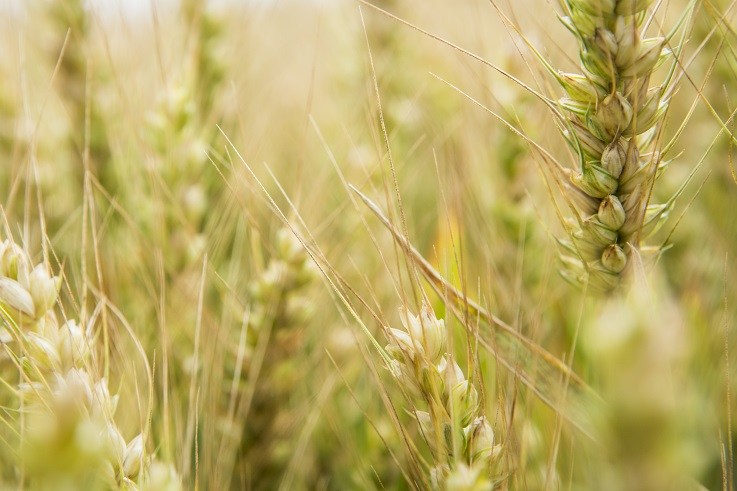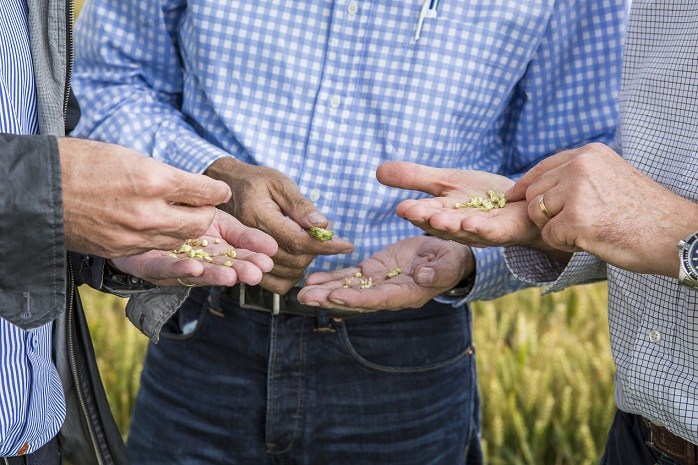The emergence of COVID-19 has shown a spotlight on our health like never before. All of us have become more concerned about what we eat, how much we exercise, and what we can do to boost our immune system.
Whole grain has long been held up as the unsung superhero of the nutrition world. Packed full of nutrients including B vitamins, iron, magnesium, and fibre, research shows a diet rich in whole grain reduces the risk of heart disease, type 2 diabetes, obesity, and even some forms of cancer.
So, what’s the issue?
Whole grain has a marketing problem.
“There’s little understanding of what whole grain is or its proven health benefits,” says Luc Imbert, Vice President, Continental Europe, Cereal Partners Worldwide – a joint venture between General Mills and Nestlé and makers of Nestlé Breakfast Cereals.
“Because of this, Europeans just aren’t eating enough of it. It’s a question of reputation – whole grain is still seen as bland and unappetising. I’ve heard people say whole grain is like eating cardboard. Today this simply isn’t the truth!”

Luc Imbert, Vice President, Continental Europe
Breakfast cereal is a major contributor to whole grain consumption. As a product which sits on millions of breakfast tables every day, cereals have an opportunity to be a real force for good. Packaging could be used to educate and inform on the benefits whole grain - making a real difference to consumption levels and having a positive impact on public health.
“But we can’t,” admits Luc. “Rightly so, there are regulations in place which stop companies from making unfounded health claims, but these same regulations prevent us from spreading the positive news about whole grain when their benefits are recognised by everyone – from the WHO to the European Commission.”
Despite these endorsements, and the will of policy makers to increase consumption, legislation around whole grain is lagging. Definitions on how much whole grain should be eaten each day differs from country to country, the benefits of whole grain aren’t recognised by any European front of pack labels (such as Nutri-Score or the UK’s traffic light system), and manufacturers aren’t allowed to tell consumers why whole grain is good for them.
“It’s time for the industry to step up,” suggests Luc. “While manufacturers and industry bodies across Europe have done great work in advocating for whole grain, maybe we’ve been too passive. We’ve requested change, asked for new policies, and recommended ways of working, but we’re in the same position we were five years ago.”
Both the industry and policy makers have something in common – they want to promote healthy, nutritious food to all EU citizens. And, despite the clear benefits of whole grain – for government budgets, for public health, and for the industry – no one seems to be taking clear responsibility to get more people eating it more often.
While over the last few decades breakfast cereal manufacturers like CPW have gradually been increasing the amount of whole grain in their products in an effort to increase consumption, maybe it’s time to look at the problem differently?
What would happen if the industry put marketing budgets and expertise behind the phrase “make half your grains whole” to make it as ubiquitous as “one of your five a day”? What if industry bodies were able to be more dynamic in offering solutions and defining policy? What if there was a way to set regulations and an arbitration process to penalise those who did not adhere to a stringent code of conduct?
“If we look at other sectors, we can see that industry-led campaigns have proven to be successful,” says Luc. “There are plenty of examples of industry bodies who work closely with the government and retailers to run educational campaigns, hold the industry to account over its marketing practices, and proactively develop new policies. Why can’t we do the same?”
These forms of public private partnership campaigns also have great results. A whole grain campaign run by the Danish Whole Grain Partnership (in collaboration with the Danish government) increased average whole grain intake from 32g to 82g/day. Their joint efforts have included labelling legislation, product reformulation and educational campaigns aimed at young people. In the US, the Whole Grains Council offers an approved Whole Grain Stamp which is found on more than 13,000 products in 63 countries. The stamp shows how many grams of whole grains are in a product – a simple and quick way to educate consumers.
It can be done.
Companies such as CPW have the experience and reach necessary to connect with consumers. They have some of the best marketeers in the world. They have the means and the passion. Isn’t it time we put these to use?
It’s time the industry, and industry bodies, stepped up to solve the problem of whole grain - rally around a common cause and break through the inertia. They need a dynamic, proactive, and committed approach, taking control of their own destiny, and working together with policy makers to deliver real and tangible solutions for the good of all.
Luc Imbert, Vice President, Continental Europe, Cereal Partners Worldwide


